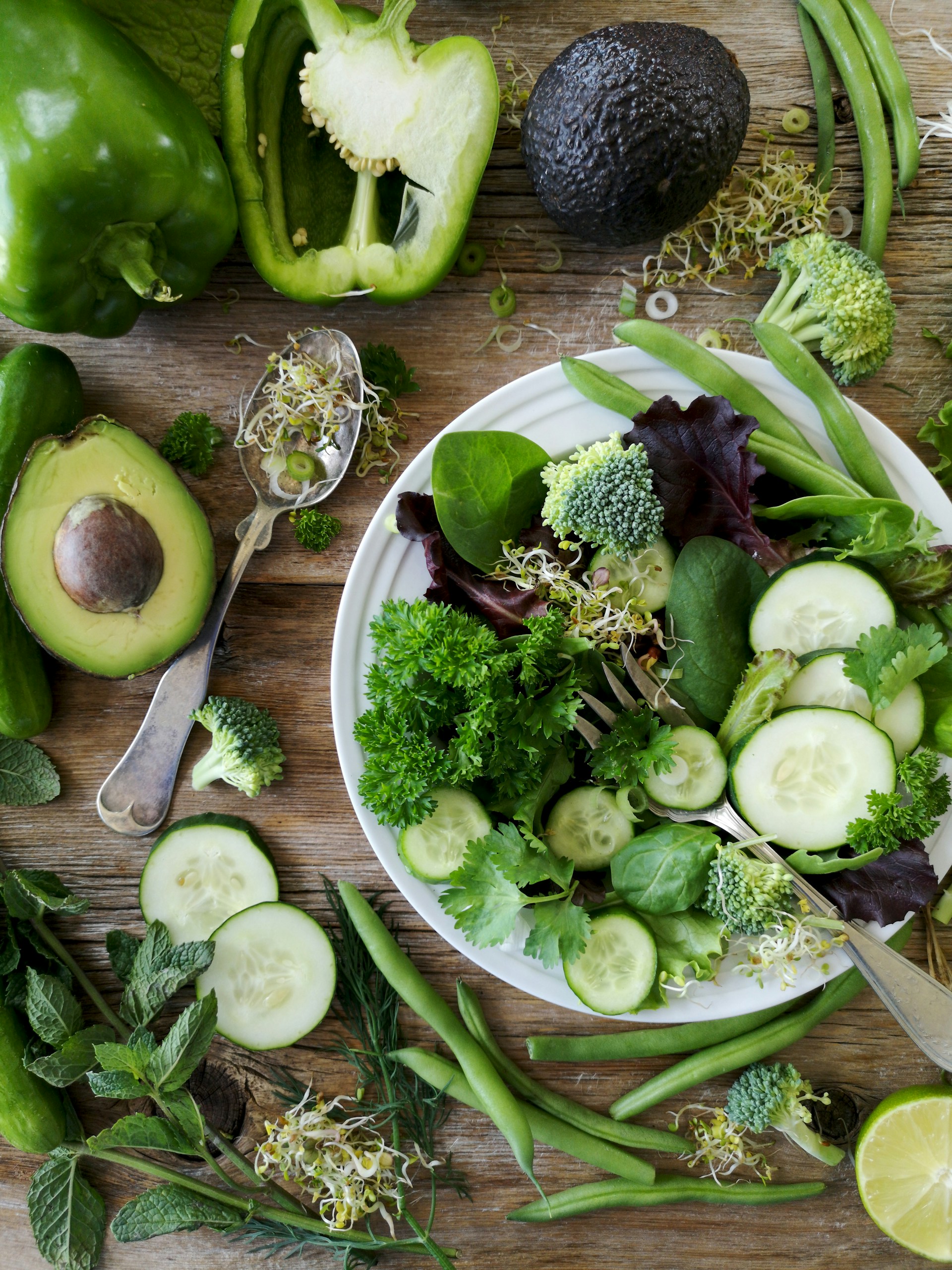
Nourish Your Life
Explore diverse diets, meal plans, and expert tips for a healthier, balanced lifestyle today.
Nutrition Guidance Services
Explore personalized meal plans, diet types, nutrition myths, and expert tips for healthy eating.


Fun and fast: discover your nutrition knowledge in just 2 minutes and get personalized tips!




Find out which one suits you best. Get a quick overview of their pros and cons — perfect for anyone just starting their nutrition journey.
A quick, eye-opening way to make smarter beverage choices.
A Beginner’s Guide to Healthy Diets
Starting a healthy lifestyle can feel overwhelming when you’re hit with astonishing words like “keto”, “Mediterranean”, “vegan”, or even “intuitive eating.” What do they all mean, and which one is right for you? Don’t worry – we’ve got you covered. In this brief overview, we’ll introduce you to four popular approaches to healthy eating and be explaining what makes each one unique. By the end, you’ll understand the key differences, which might help you with your choice.


The keto diet is a low-carbohydrate, high-fat eating plan designed to transform your body into a state called “ketosis”. In this state, your body burns fat for fuel instead of carbs. This implies drastically cutting carbs (usually under 20–50 grams per day) and loading your body on fats and some protein. People often try keto for quick weight loss and better blood sugar control. There are as well many reports of people having less hunger and more stable energy once their body adapts.
On keto, your plate will be full of healthy fats and proteins, with very few carbs. A typical day might include bacon and eggs for breakfast, a big leafy salad with chicken and olive oil for lunch, and a salmon filet with sautéed asparagus for dinner. You’ll be saying goodbye to bread, pasta, rice, and most fruits on this diet.
Keto can deliver fast results, especially for weight loss. It’s also being studied for managing diabetes and neurological conditions. However, it’s one of the most restrictive diets and can be hard to stick with long-term. Many healthy foods are off-limits, and some people experience the “keto flu” when starting out. Also, if not done properly, it could lead to a diet too high in saturated fats, so be careful.


The Mediterranean diet is more of a lifestyle than a strict diet. It draws inspiration from the traditional eating patterns of countries like Greece, Italy, and Spain. It emphasizes vegetables, fruits, whole grains, legumes, nuts, and healthy fats like olive oil. Fish and seafood are eaten regularly, while red meat and sweets are kept to a minimum.
There’s no need to count calories or follow a strict plan. Meals are built around fresh, whole foods. For example, you might have Greek yogurt with berries and honey for breakfast, a whole-grain pita stuffed with hummus and vegetables for lunch, and grilled fish with roasted vegetables and brown rice for dinner.
The Mediterranean diet has a great track record for supporting heart health, brain function, and longevity. It’s considered sustainable, flexible, and delicious. Compared to keto or vegan, it strikes a nice middle ground – allowing some animal products without relying heavily on them.


Veganism is a fully plant-based diet, meaning no meat, dairy, eggs, or other animal-derived ingredients. It’s centered around fruits, vegetables, grains, legumes, nuts, and seeds. Some people go vegan for health, others for ethical or environmental reasons.
A sample vegan day might include oatmeal with almond milk and berries for breakfast, a veggie and hummus wrap for lunch, and a lentil curry with brown rice for dinner. There are tons of plant-based products that mimic animal foods, like tofu, veggie burgers, and dairy-free cheeses.
When done right, a vegan diet can provide all the necessary nutrients and support heart health, weight loss, and disease prevention. But it does require planning, especially to get enough protein, B12, iron, and omega-3s. It can also be quite restrictive, especially for beginners, and not all vegan foods are healthy – fries and sugary cereals are technically vegan too.


Intuitive eating isn’t a diet – it’s a way of thinking about food. It encourages listening to your body’s natural hunger and fullness cues, rather than following external rules or restrictions. There are no forbidden foods and no tracking involved.
The idea is to eat when you’re hungry, stop when you’re full, and choose foods that satisfy you both physically and emotionally. It’s about making peace with food, rejecting the idea of "good" or "bad" foods, and learning to trust your body again.
Unlike other approaches, intuitive eating isn’t focused on weight loss. The goal is to improve your relationship with food, reduce stress around eating, and eventually settle into a pattern that feels natural and nourishing.
There’s no one-size-fits-all answer. Keto might be best if you’re aiming for rapid weight loss and are okay with a strict plan. The Mediterranean is great for overall health and flexibility. Vegan is ideal if you’re passionate about animal welfare or want to eat more plants. Intuitive eating is a good choice if you’re tired of diets and want to reconnect with your body.
You can also blend elements of these approaches. Maybe you eat mostly Mediterranean but do meatless Mondays. Or you follow intuitive eating but lean toward plant-based meals. The key is to find what works for you and supports your health without making you miserable.
No matter which direction you go, remember that healthy eating is a journey, not a one-week challenge. Start small, stay curious, and choose the foods and habits that make you feel your best.
Which Diet is Right for You?


Nutrition
Explore healthy eating through diet types, meal plans, and expert tips.






Healthy Eating Insights

The meal plans helped me lose weight while enjoying delicious, healthy meals every day. Highly recommend!
Sarah K.

I love the expert tips! They make healthy eating easy and enjoyable. My energy levels have improved!
John D.

